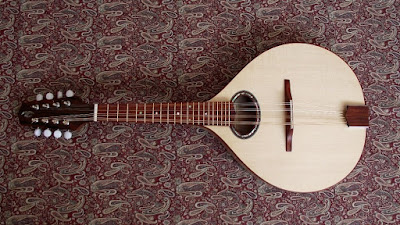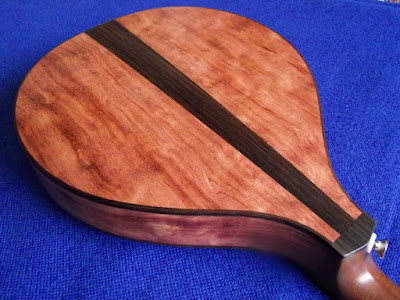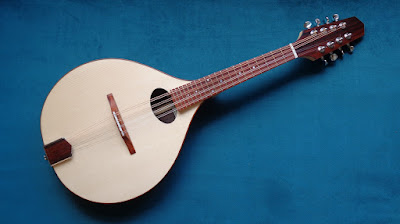A recent addition to line of instruments (Sept 20250). This short-scale (30 inches) bass guitar was inspired by my work restoring vintage, Japanese instruments. I have always enjoyed playing bass and even more so, making them! You can get the full story on my YouTube channel.
Gary Nava, luthier; Instrument Archive
This is an ongoing project; an archive of the many instruments that I have built over the years. If you have a photo, video clip or sound recording of your “Nava” and would like to have it included here, please let me know. Thanks for looking and be sure to come back- there’s bound to be something else to see! Cheers Gary
Saturday, 4 October 2025
Sunday, 27 April 2025
Nava Standard Mandolins
My
“Standard” mandolins were first introduced in 2011. The intention being, to focus
on the features that influence its sound and playability. It has a simple,
elegance which depends only on the instrument’s form and its materials rather
than any unnecessary decoration: everything you see is pure mandolin. The
Japanese word Shibui best describes my approach to its design.
Below
are all the “Standards” that I have made. One thing that I didn’t anticipate
was, that players who commissioned one, would ask for custom upgrades, this led
to the evolution of my “Standard Plus”.
So
here they are in chronological order; from July 2011 to now……
2022 New version: 360mm scale length and individual Gotoh
mini tuners.
Figured Sapele & Adirondack



One of the key features of this lovely instrument is that it
has been made without the use of any tropical/rainforest hardwoods or animal
derived products











.jpg)
.jpg)

.jpg)

.jpg)





































